Detailed content
Technical Specifications
- Type:
- Category: Analog Output Module
- Number of Outputs:
- Channels: Typically supports 4 analog output channels.
- Output Type:
- Signal Type: Provides analog output signals such as 4-20 mA or 0-10 VDC, depending on the configuration.
- Output Range:
- Current Output: 4-20 mA with a maximum load of 800 ohms.
- Voltage Output: 0-10 VDC with a maximum load of 10 kOhms.
- Resolution:
- Accuracy: High accuracy with a resolution typically in the range of 16 bits or higher, providing precise control.
- Isolation:
- Electrical Isolation: Provides isolation between output channels and the module’s internal electronics to protect against electrical faults.
- Communication Interface:
- Interface: Typically integrates with ABB’s control systems via fieldbus or other communication protocols for seamless data exchange.
- Power Requirements:
- Supply Voltage: Usually operates on 24V DC; verify specific requirements with product documentation.
- Environmental Conditions:
- Operating Temperature: Generally from -20°C to +60°C.
- Relative Humidity: Operates within 5% to 95% relative humidity (non-condensing).
- Housing:
- Enclosure: Designed for industrial environments with a robust housing suitable for DIN rail or panel mounting.
Functional Features
- Precise Analog Output:
- High Accuracy: Provides precise analog outputs for controlling and interfacing with various industrial devices and systems.
- Stable Performance: Ensures stable and reliable signal transmission over time.
- Flexible Output Configuration:
- Customization: Allows configuration for different output ranges and signal types to meet specific application requirements.
- Calibration: Supports calibration to maintain accuracy and compensate for environmental changes.
- Diagnostic and Monitoring:
- Diagnostics: Includes diagnostic features for monitoring the health and performance of the output channels.
- Fault Detection: Capable of detecting and indicating faults to aid in troubleshooting.
- Integration and Compatibility:
- System Integration: Designed to integrate seamlessly with ABB’s automation systems and other control platforms.
- Communication Protocols: Compatible with various fieldbus and communication standards for system integration.
- User-Friendly Configuration:
- Interface: Configured through ABB’s control system software, offering an intuitive interface for setup and monitoring.
- Ease of Use: Simplifies the process of configuring and managing analog outputs in industrial applications.
Application Scenarios
- Industrial Automation:
- Usage: Used in industrial automation systems to provide analog signals for controlling processes and equipment.
- Applications: Ideal for applications requiring precise control of variables such as pressure, temperature, or flow.
- Process Control:
- Application: Applied in process control environments to manage and control process parameters and equipment.
- Benefit: Enhances process control by providing accurate and stable analog output signals.
- Energy Management:
- Usage: Integrated into energy management systems for controlling and monitoring energy-related processes.
- Advantage: Supports effective energy management by providing precise control signals for energy distribution and usage.
- Building Automation:
- Application: Used in building management systems to control HVAC systems, lighting, and other building utilities.
- Purpose: Facilitates automation and efficient management of building systems.
- Manufacturing and Production:
- Usage: Employed in manufacturing and production environments for controlling machinery and production lines.
- Benefit: Provides accurate analog signals for machine control and process optimization.
Additional Considerations
- Installation and Maintenance: Follow ABB’s installation and calibration guidelines for optimal performance. Regular maintenance is recommended to ensure the module operates reliably.
- Technical Support: For detailed specifications, configuration assistance, and support, refer to ABB’s official documentation or contact their technical support team.

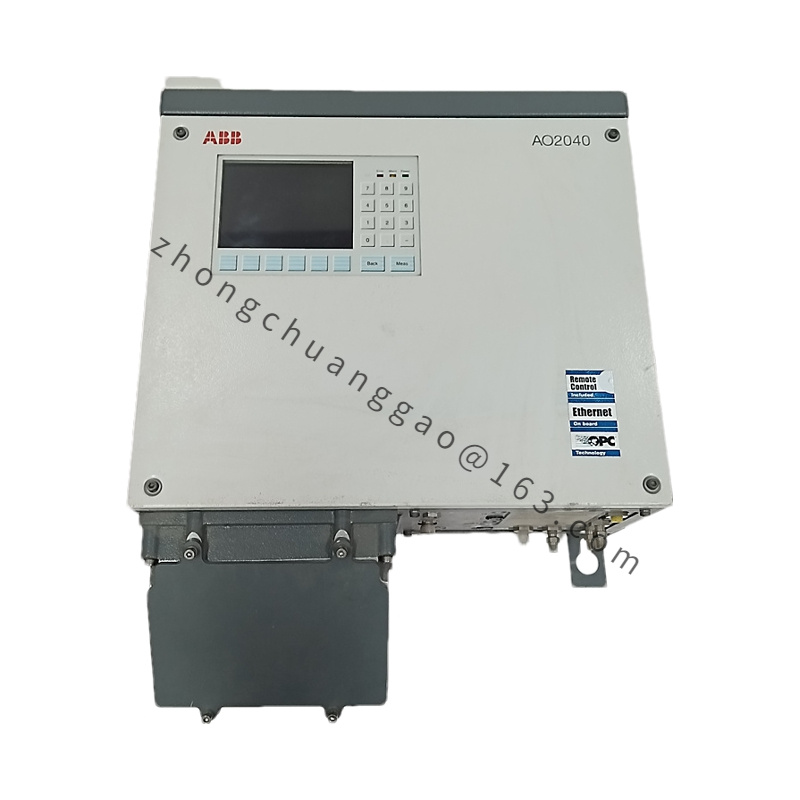
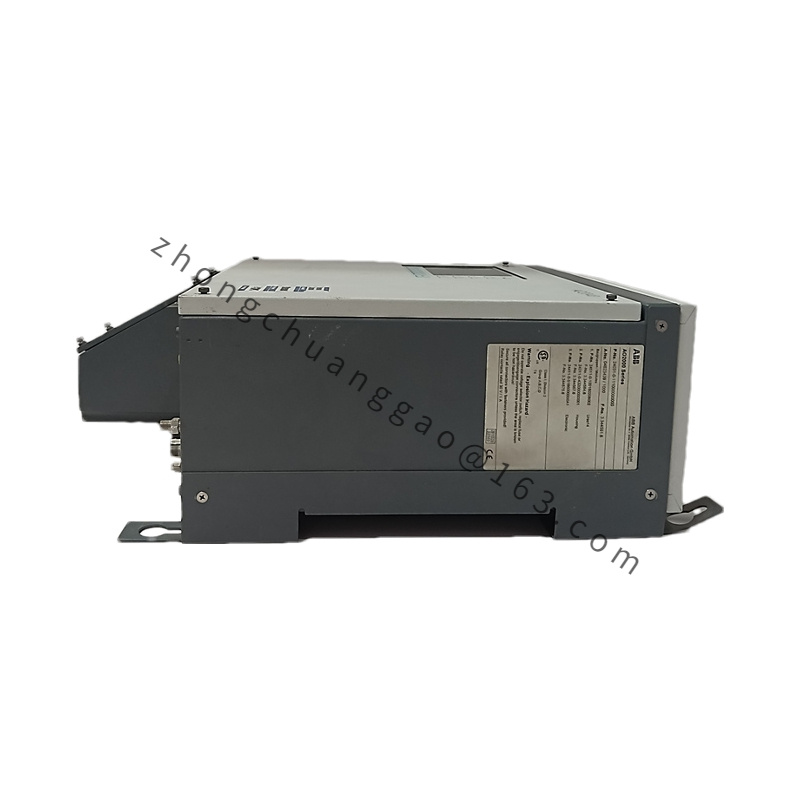
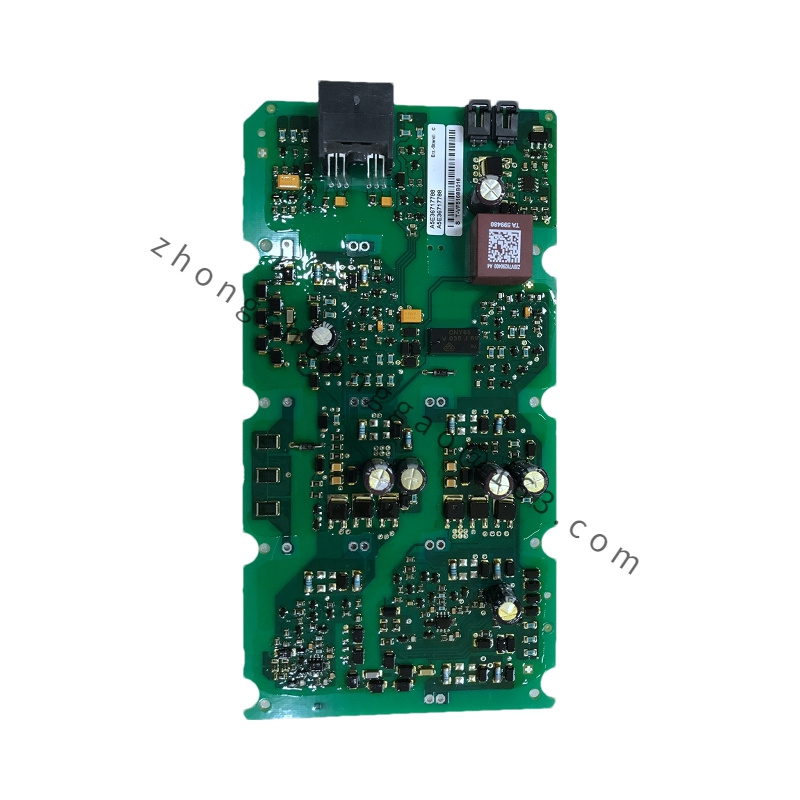
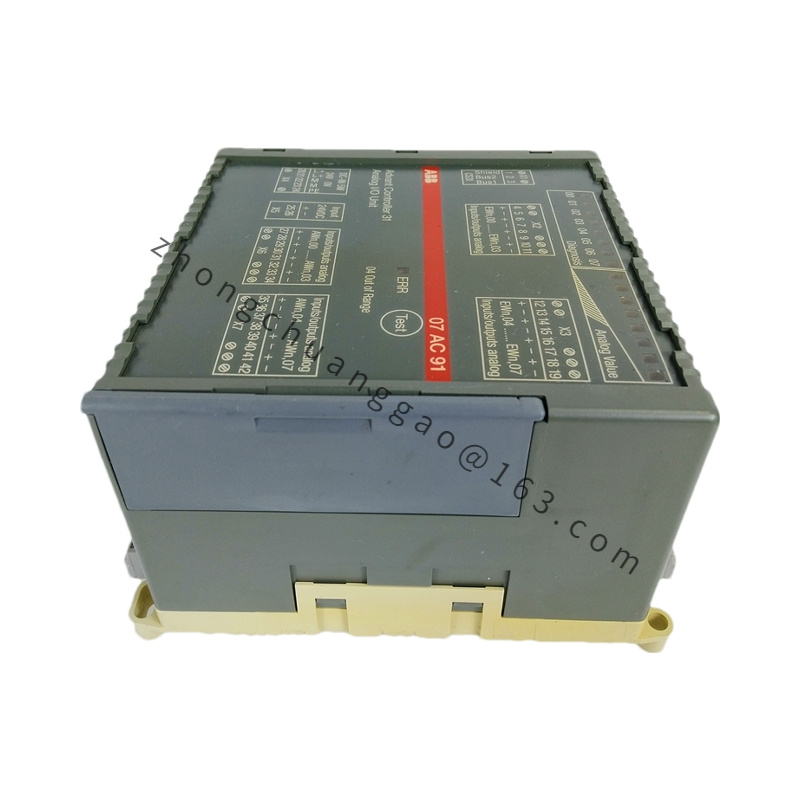
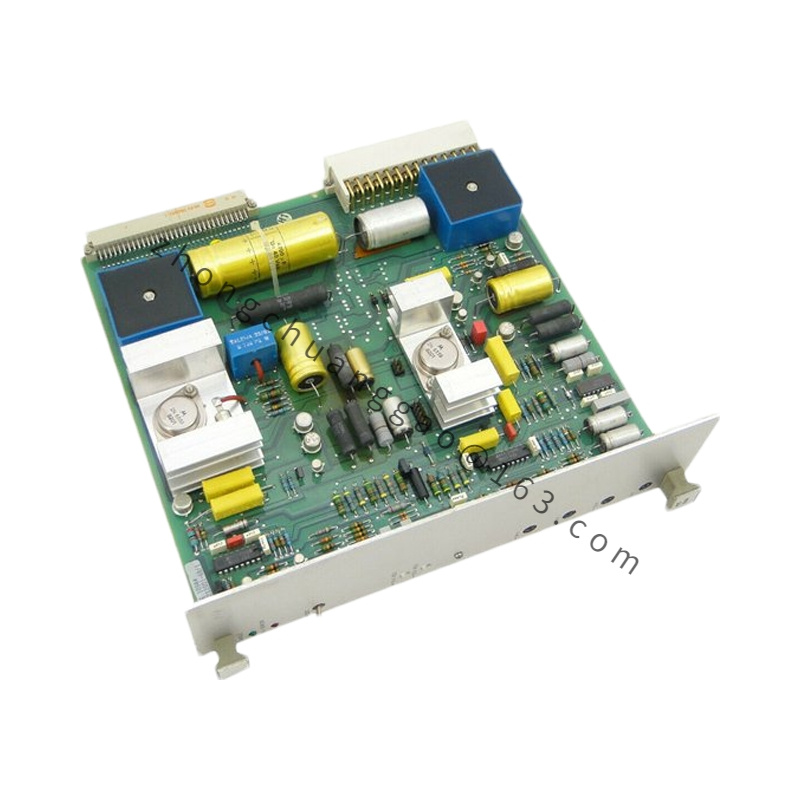
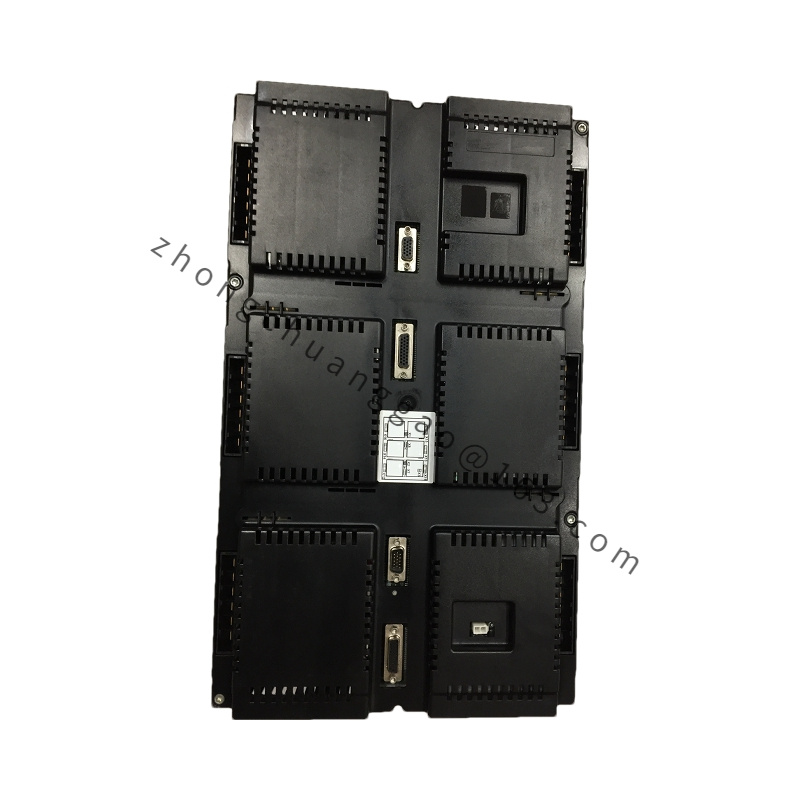
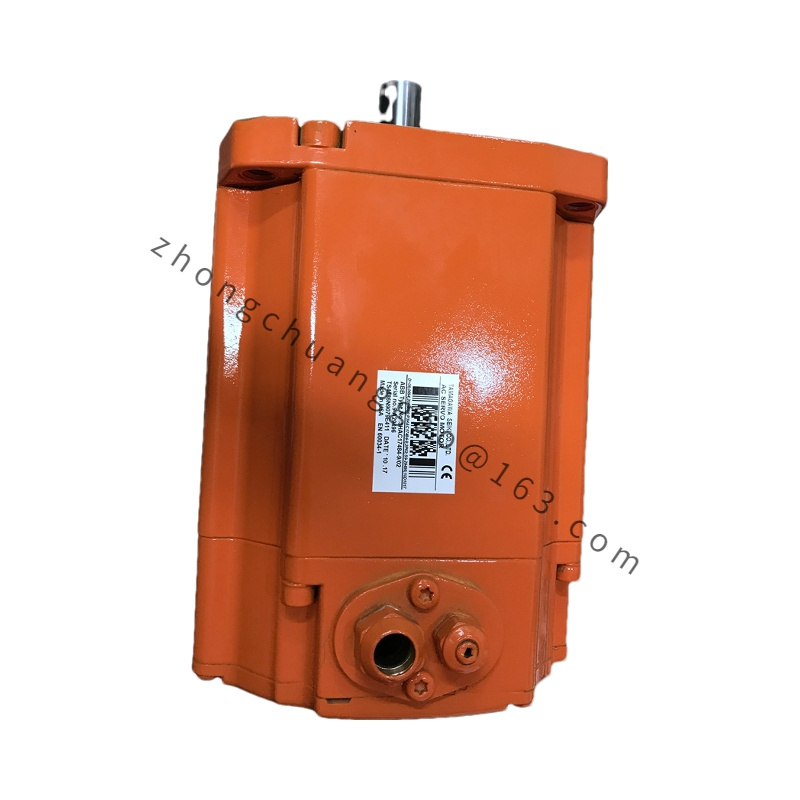
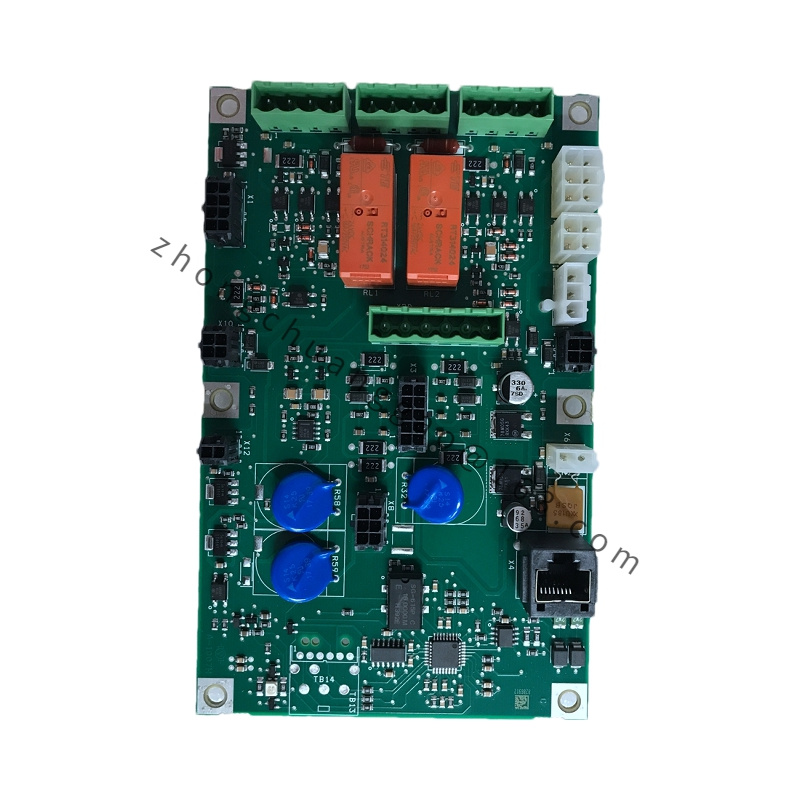
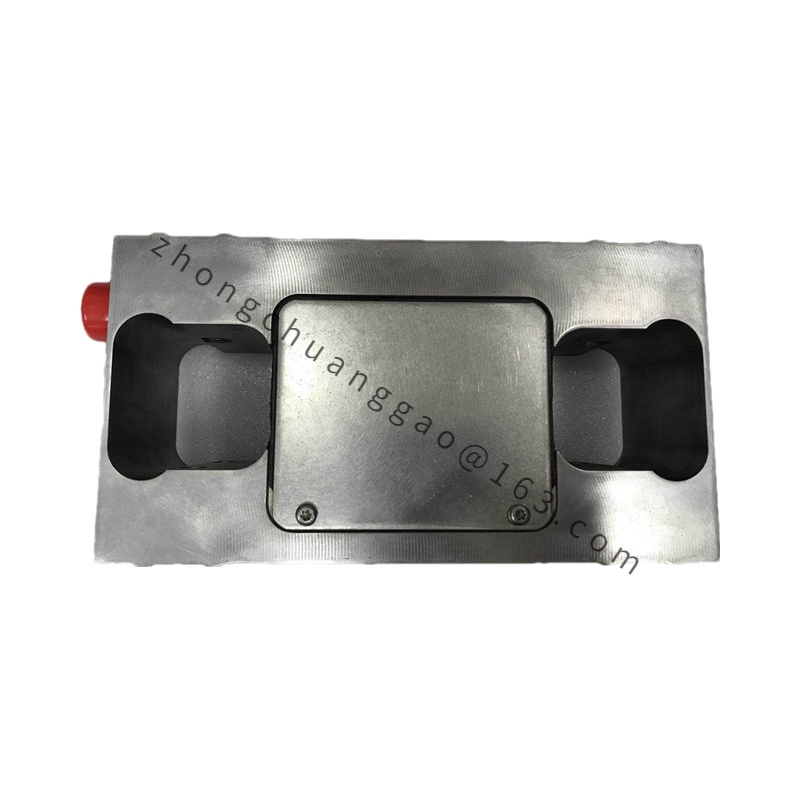
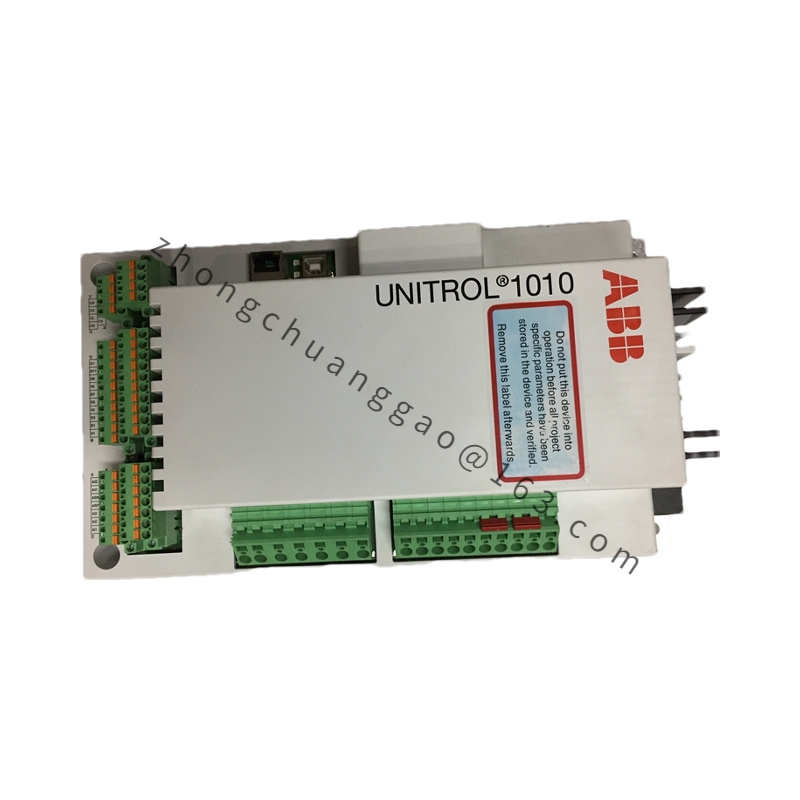
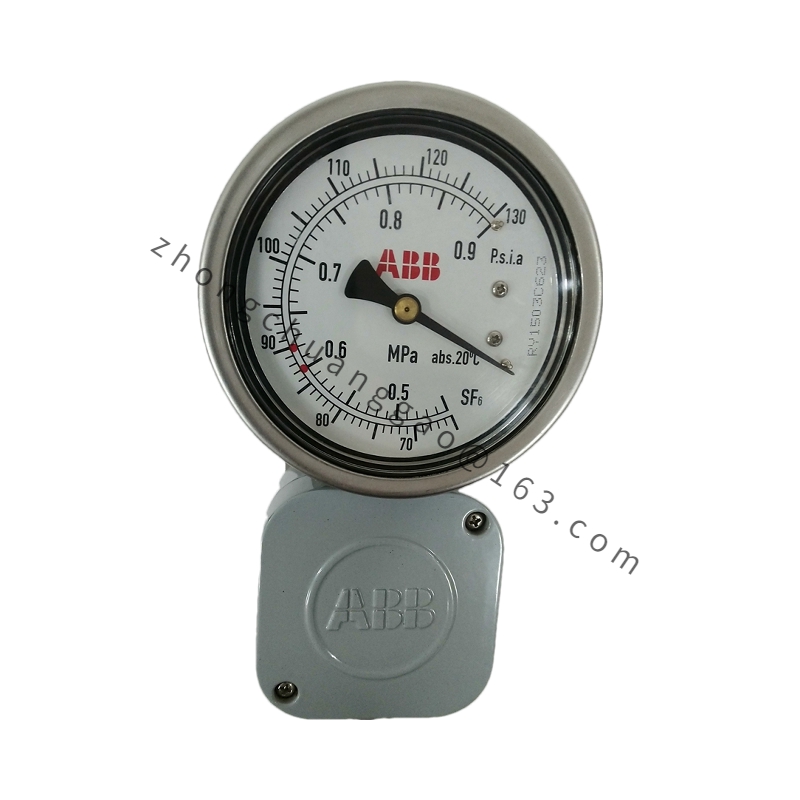
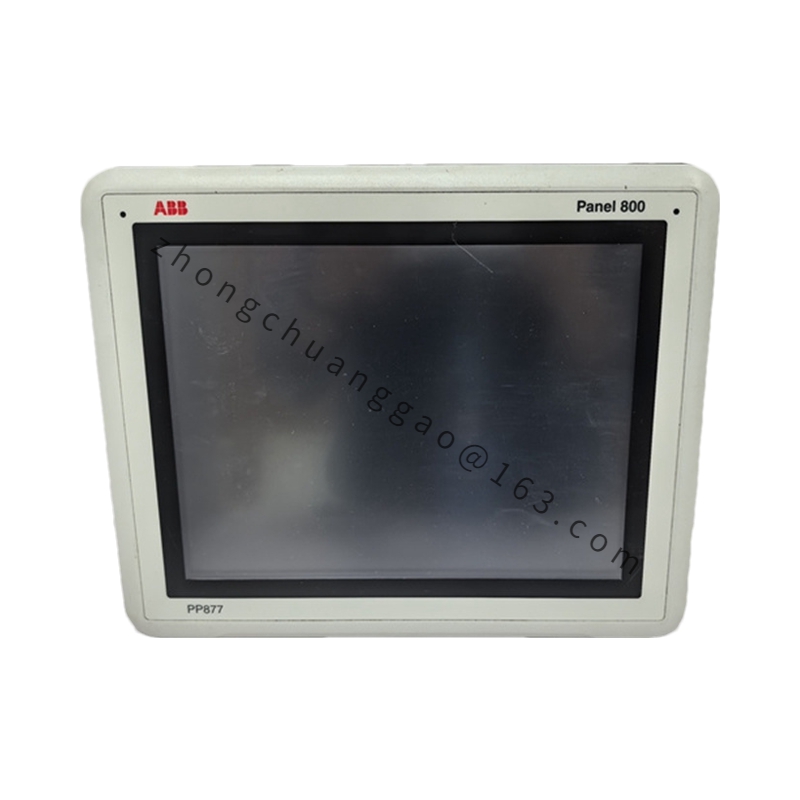
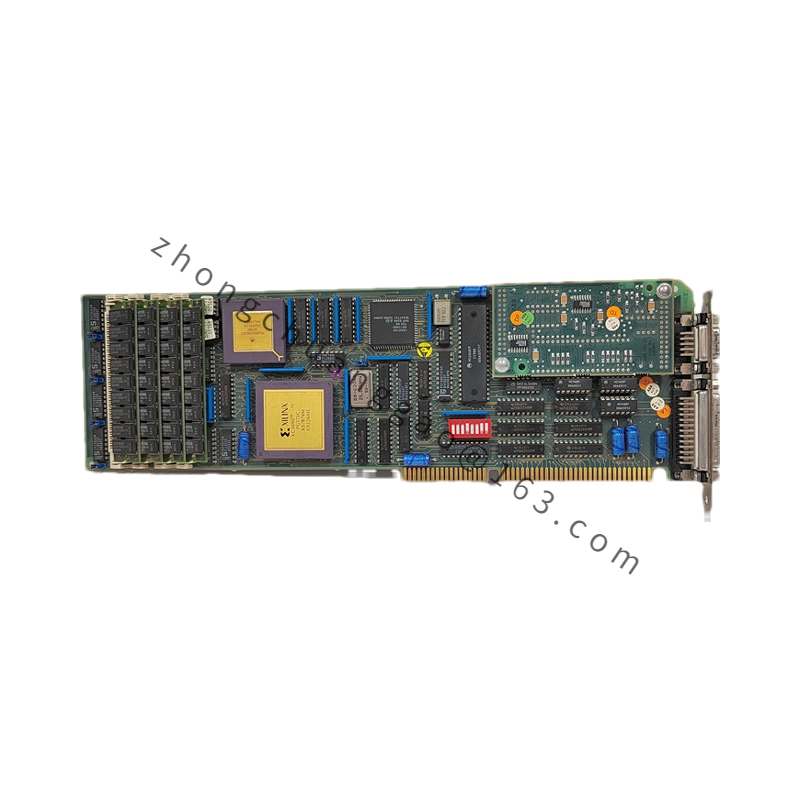
.jpg)